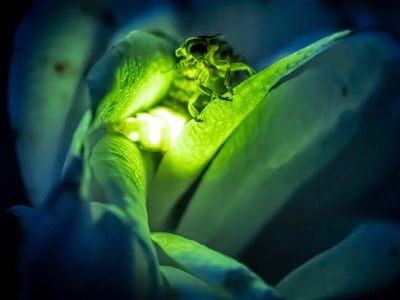Scientists have made a breakthrough in creating bioluminescent tools to diagnose viruses in the body. Researchers at Mass General Brigham have developed the Luminescence CAscade-based Sensor (LUCAS) system, which glows 515 times brighter and lasts 8 times longer than existing solutions.
The technology is based on a combination of luciferin molecules and the luciferase enzyme, as well as the addition of beta-galactosidase, which regulates the glow. This combination makes it possible to maintain 96% of the brightness even an hour after the reaction. LUCAS has been tested on samples with SARS-CoV-2, HIV, and hepatitis B and C.
The experiment involved 177 clinical samples and 130 serum samples. Not only did the system detect the virus in just 23 minutes, but it also showed accuracy of over 94% for all pathogens. In comparison, traditional methods require hours or even days of analysis.
Another advantage of the development is its convenience. As senior author of the study Hadi Shafi explained, detecting a virus in biological fluids used to be like “searching for an ice cube in a full swimming pool blindly.” LUCAS solves this problem, making diagnostics accessible even in resource-limited settings.
In the future, the technology is planned to be adapted to detect other diseases, including neurodegenerative ones (for example, Alzheimer’s). The team is currently working on detecting several pathogens in one sample and expanding the list of biological fluids for analysis.


